In the dynamic landscape of human resources, understanding employee motivations for leaving their current jobs is of paramount importance. Each departure represents a valuable opportunity for organizations to assess their strengths and areas for improvement. In this article, we delve into the common reasons employees choose to leave their current positions from an HR perspective, shedding light on how organizations can respond effectively to these circumstances.
1. Career Advancement and Growth
One prevalent reason for employees leaving their current roles is the pursuit of career advancement and growth. Often, professionals seek positions that offer more challenges, responsibilities, and opportunities to learn and develop new skills. This highlights the importance of providing clear pathways for advancement within the organization and offering training and development programs that align with employees’ aspirations.
2. Company Culture and Values
Company culture and alignment with organizational values significantly influence an employee’s decision to stay or leave. If employees feel disconnected from the company’s culture or that their values are not in sync, they may seek a work environment that better resonates with their beliefs. HR can play a vital role in promoting a positive and inclusive culture that encourages open communication and supports employees’ well-being.
3. Work-Life Balance
In the modern world, achieving a healthy work-life balance has become increasingly essential. If employees perceive their current roles as causing excessive stress or encroaching on their personal lives, they might consider moving to roles that offer better balance. HR professionals can collaborate with management to implement flexible work arrangements and create policies that prioritize employee well-being.
4. Compensation and Benefits
Compensation remains a driving factor in job satisfaction. If employees feel that their efforts are not adequately recognized or rewarded, they may look for opportunities that offer better compensation packages. HR departments can conduct regular market analyses to ensure that the organization’s compensation and benefits are competitive, thereby attracting and retaining top talent.
5. Job Role and Responsibilities
Sometimes, employees outgrow their current roles or discover that their job responsibilities do not align with their skill sets or passions. In such cases, individuals may seek positions that better match their strengths and interests. HR can facilitate ongoing conversations with employees about their roles, allowing for adjustments that align with evolving skills and career trajectories.
6. Leadership and Development Opportunities
Strong leadership and growth opportunities within an organization are instrumental in retaining employees. If employees perceive a lack of mentorship, leadership support, or clear growth prospects, they may seek roles that offer these benefits. HR can collaborate with management to establish mentorship programs and leadership development initiatives that foster a sense of investment in employees’ growth.
Employee departures are a natural part of the organizational life cycle, offering valuable insights into the organization’s strengths and areas for improvement. From career advancement and company culture to work-life balance and compensation, HR professionals play a pivotal role in addressing the factors that influence employees’ decisions to leave their current roles. By cultivating a supportive and inclusive work environment, offering growth opportunities, and ensuring competitive compensation, organizations can work towards retaining their most valuable asset – their employees.







